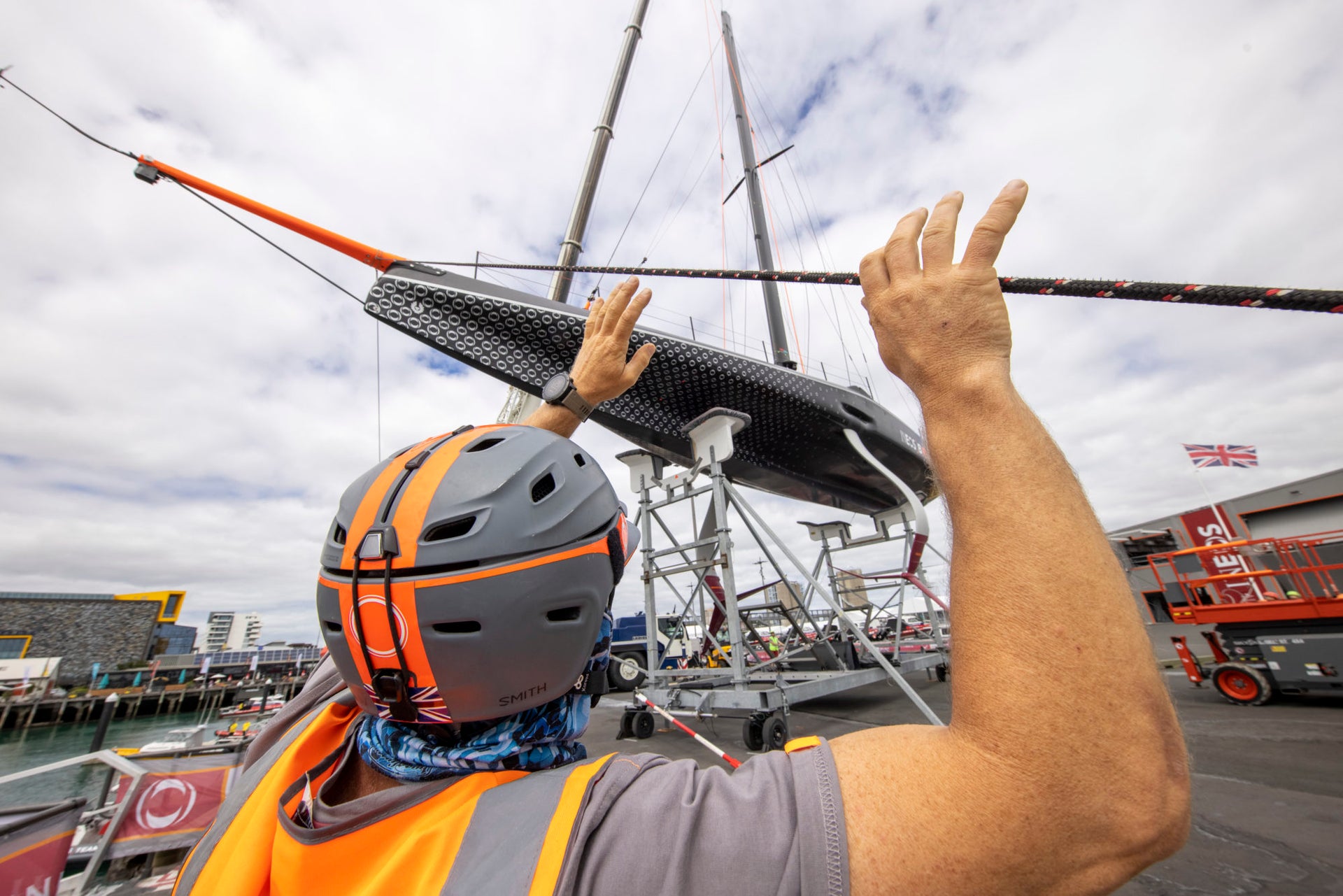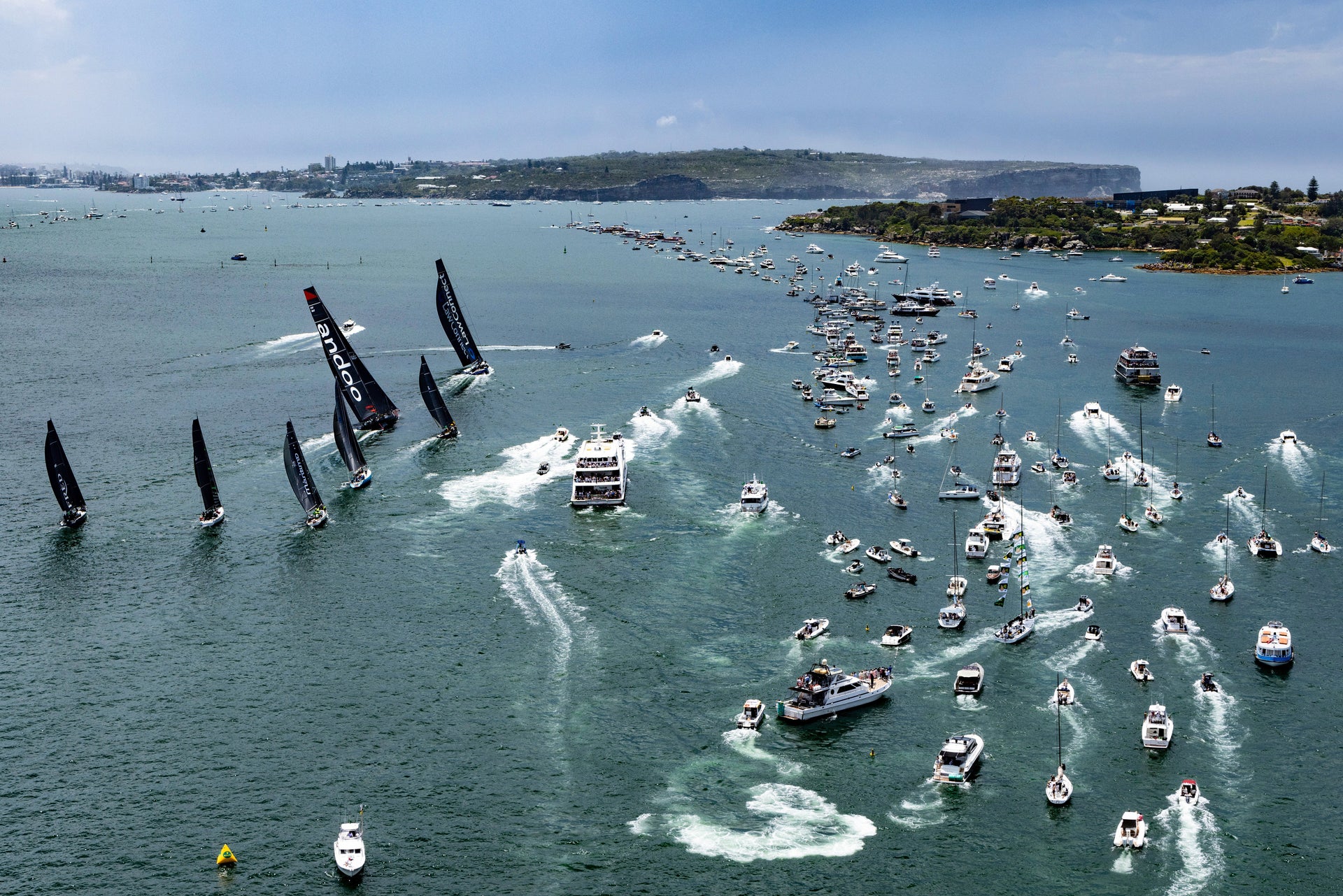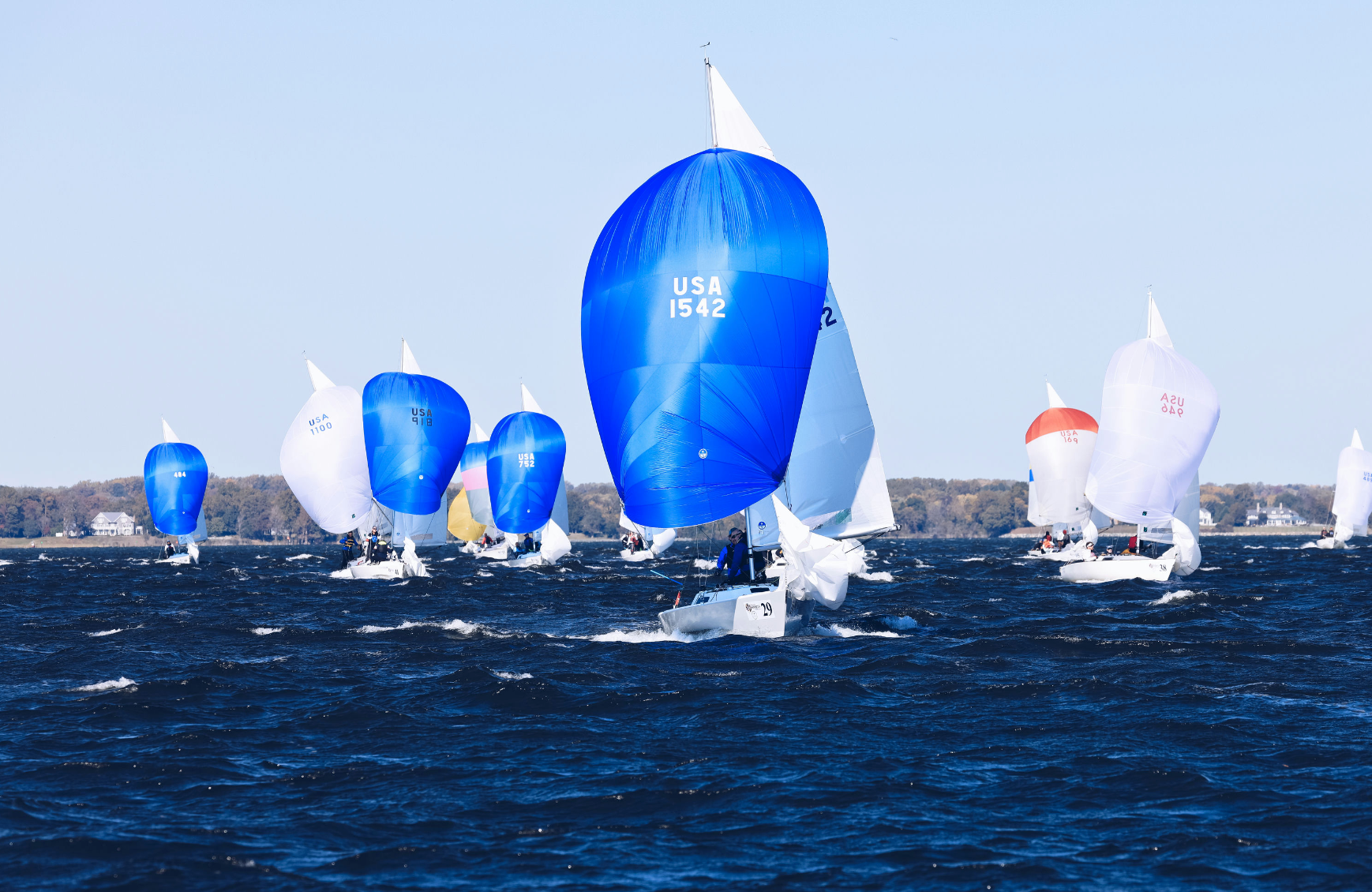LAY DAYS: EVERY SECOND COUNTS
LAY DAYS: THE TINY GIANTS OF THE AMERICA’S CUP
Every second counts, and a day onshore is critical to development

On paper, a “lay day” is just two, three-letter words, but in practice, it is a logistical giant that can make, or break, the dreams of an America’s Cup team.
Just ask Jimmy Spithill. His famous comeback for ORACLE TEAM USA (OTUSA) in the 2013 America’s Cup in San Francisco was possible only because of a day without racing (and the subsequent development) following race 5.
Spithill and crew were behind and things were not looking good for the America’s Cup defenders. Then, OTUSA played a postponement card on the second race of the day (race 6). This then went straight into a previously scheduled lay day on September 11, buying them a total of 48 hours. The team regrouped, brought in a new tactician (Sir Ben Ainslie), and made some modifications.
A few days later, with Emirates Team New Zealand still leading, a journalist asked Spithill what he would do if Emirates Team New Zealand won the next race and went to match point. Spithill replied: “I think the question is, imagine if these guys (Kiwis) lost from here. What an upset that would be. They’ve almost got it in the bag. So that’s my motivation. ”
It was big, big talk. But OTUSA was writing the “comeback” book when they crawled back from an eight-to-one (plus a two-race deficit) to win the Auld Mug. To this day, many give credit to that 48 hour period after Race 5 for OTUSA’s success. Thus proving that lay days are the place where the tortoise might leapfrog the hare.

A lay day begins as soon as the race boat returns to the dock after racing. From this moment forward, a three-dimensional thesis in time and skills management begins.
The teams start with a deep dive analysis into the live data telemetry which is transmitted from the AC75 during races. Engineers analyze the data looking for unusual readings– for example, a high rudder load. A high rudder load may coincide with a hard bear-away from the top mark, but if the timing shows no reason for the freak high load, the engineers want to know why. “It might be something starting to break or some gremlins starting to propagate,” said Gautier Sergent, North Sails sail designer embedded with INEOS TEAM UK. After looking at the data, the shore crew focuses on identifying the reason and then resolving it before the next race.
Other lay day jobs run to a critical path. “We keep a log of every component,” Gautier said. “For example, we know a rudder bearing has been used for X-amount of hours and done X many tacks, that many gybes and X-amount of bear-aways. After a certain number, it needs checking or replacing. Those preventative maintenance tasks happen on a lay day.”
Meanwhile, the design team always has a box of new tricks they are keen to try. But they’ll only reach for that box when they know the benefits will outweigh the risk level when the team introduces a new component. “If you had only one or two lay days

That’s why designers like multiple lay days that allow them to validate any changes on the water. “You can’t mess about,” Sergent said. “You’ve got to be confident that the new features are going to be good-to-go without much tuning. Minor fine-tuning is ok, but nothing more.”
“There are new parts coming on
With up to 50 people needing to work on the AC75 at once, the tasks are prioritized and then choreographed. Some shore crew work the full 24 hours; others work in shifts. The canteen keeps them all fuelled with food and coffee.
Then, there are the obligations to America’s Cup protocol, and this dictates everything. Prior to each series, such as the PRADA Cup final, all teams declare the configuration of their racing equipment such as hull, foils, mast, and sails. Some components cannot be changed after declaration and others can be changed within certain parameters– for example, sail areas can be altered by up to 25%. However, every change requires an updated declaration.

“We get measured every day,” Sergent said. “The boat gets weighed. The sails get weighed. After components are measured, they are sealed into the boat. If the seal is broken, it has to be declared to the measurer and inspected.” All these steps require documentation and sign-off.
During lay days, the sailing crew become shore crew, helping with tasks such as procurement, data analysis, or servicing winches. They also regularly meet with the design team. “The sailors are our best sensors,” explained Sergent. “We have electronics on the boat, but the sailors have the best feel for how they want the boat to react.”
In between those obligations, the sailors go to the gym and, if they are grinders, consume tens of thousands of calories. Finally, if time allows and the weather is providing racing conditions, they go sailing to test new components and practice techniques.
The one thing they don’t do on a lay day is lay down. Not for one second.




























